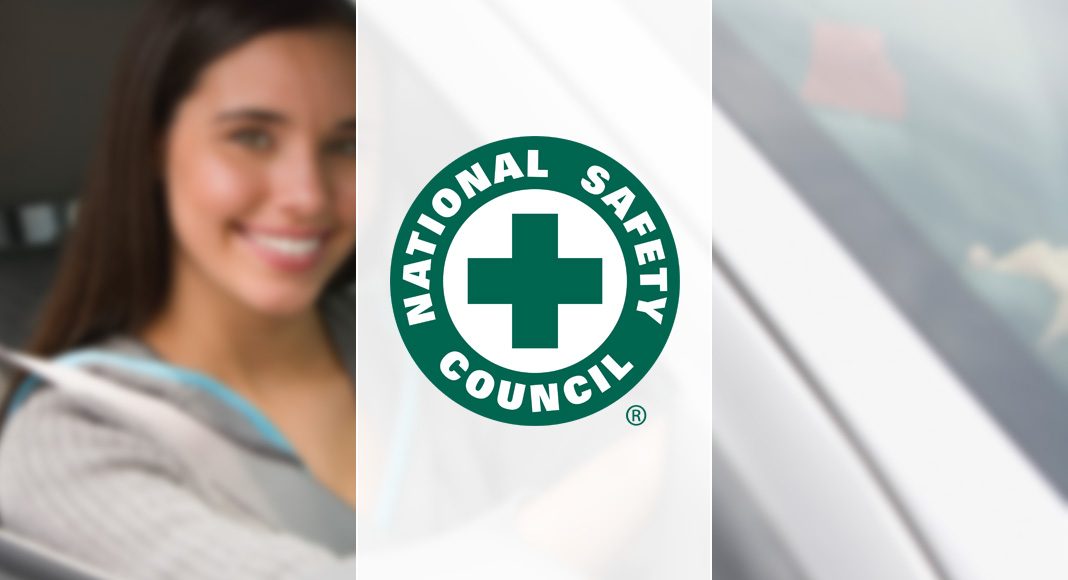- National Safety Council encourages parent education during Global Youth Traffic Safety Month, prom and graduation season
- 76 per cent of parents are unaware of biggest risk to teens’ safety
A National Safety Council (NSC) poll has found 76 per cent of parents are unaware that the biggest risk to their teens’ safety is the vehicle sitting in the driveway.
In observance of Global Youth Traffic Safety Month this May, and at the height of prom and graduation season, NSC compiled a comprehensive list of things many parents may not – but need to – know about teen driver safety:
- Car crashes are the #1 killer of teens
- Teens crash most often because they are inexperienced – not because they take more risks behind the wheel
- Other teen passengers are one of the biggest distractions for teen drivers. Just one teen passenger raises a teen driver’s fatal crash risk 44 per cent. Two passengers doubles fatal crash risk. Three or more quadruples crash risk
- Most fatal night time crashes involving teen drivers happen between 9 p.m. and midnight
- More than half of teens killed in car crashes were not restrained by a seatbelt
“Parents tend to worry most about the things we hear in the news, like cyber bullying and drug and alcohol use,” said Deborah A.P. Hersman, president and CEO of the National Safety Council. “But car crashes are the number one killer of teens. Ensuring our most vulnerable drivers safely gain the experience they need will result in more teens attending prom and graduation, not their friends’ funerals.”
Five easy tips for parents:
- Buckle up on every trip, and make sure passengers are buckled, too
- Keep household rules in place, even after school lets out. One third of parents surveyed said they allow risky behaviors during vacations, like driving late at night
- Practice with teens, even after licensure, to ensure they are retaining good driving habits
- Model good behaviors; 95 per cent of parents who drive distracted do so in front of their teens
- Set household cell phone rules; more than half of teens feel pressure from their families to drive distracted



















